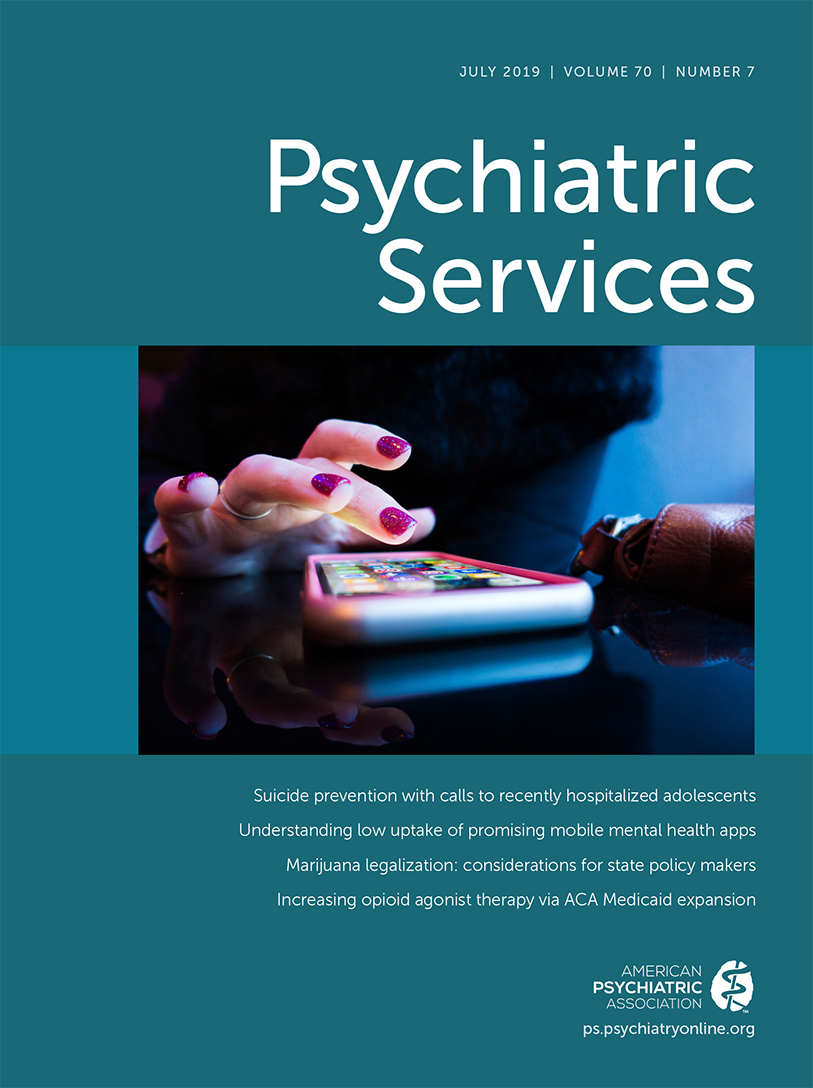Self-Reported Suicidal Ideation as a Predictor of Suicidal Behavior
IN REPLY: Our data are certainly not adequate to assess the accuracy or utility of item 9 of the nine-item Patient Health Questionnaire (PHQ-9) to identify risk of suicide death for people with psychotic disorders.
But we believe that PHQ-9 item 9 can be useful in identifying risk of suicide attempt—in the general population of mental health outpatients and for people with psychotic disorders. Among people with a diagnosis of psychotic disorder, a response of “nearly every day” to item 9 at an outpatient visit identifies persons with a 3.5% risk of suicide attempt in the following 90 days. In general medicine, we routinely use and act on risk prediction tools with lower positive predictive value. For example, the U.S. Preventive Services Task Force recommends tamoxifen for women with a predicted risk of breast cancer exceeding 3% over 5 years (1) and recommends statins for people with predicted risk of a cardiovascular event exceeding 10% over 10 years (2).
The practical question for clinicians is not “Will this patient attempt suicide in the next 90 days?” but “Is this patient’s risk of self-harm high enough that I should ask additional questions?” We believe a predicted risk of 3.5% within 90 days is high enough to justify that extra attention.
1 : Medications to decrease the risk for breast cancer in women: recommendations from the US Preventive Services Task Force recommendation statement. Ann Intern Med 2013; 159:698–708Medline, Google Scholar
2 : Statin use for the primary prevention of cardiovascular disease in adults: US Preventive Services Task Force recommendation statement. JAMA 2016; 316:1997–2007Crossref, Medline, Google Scholar



